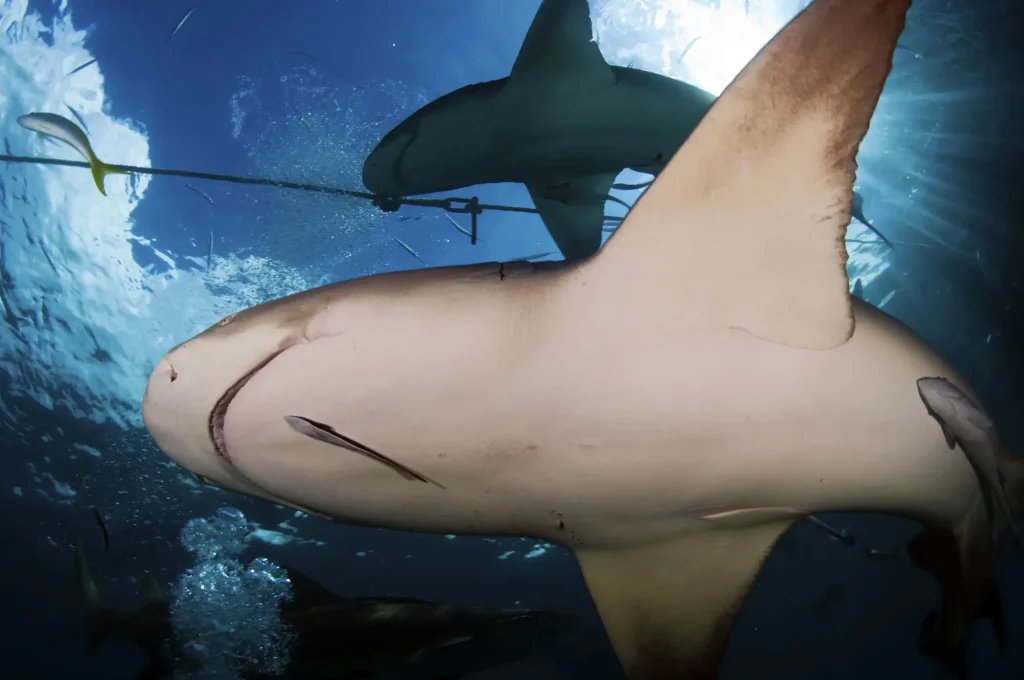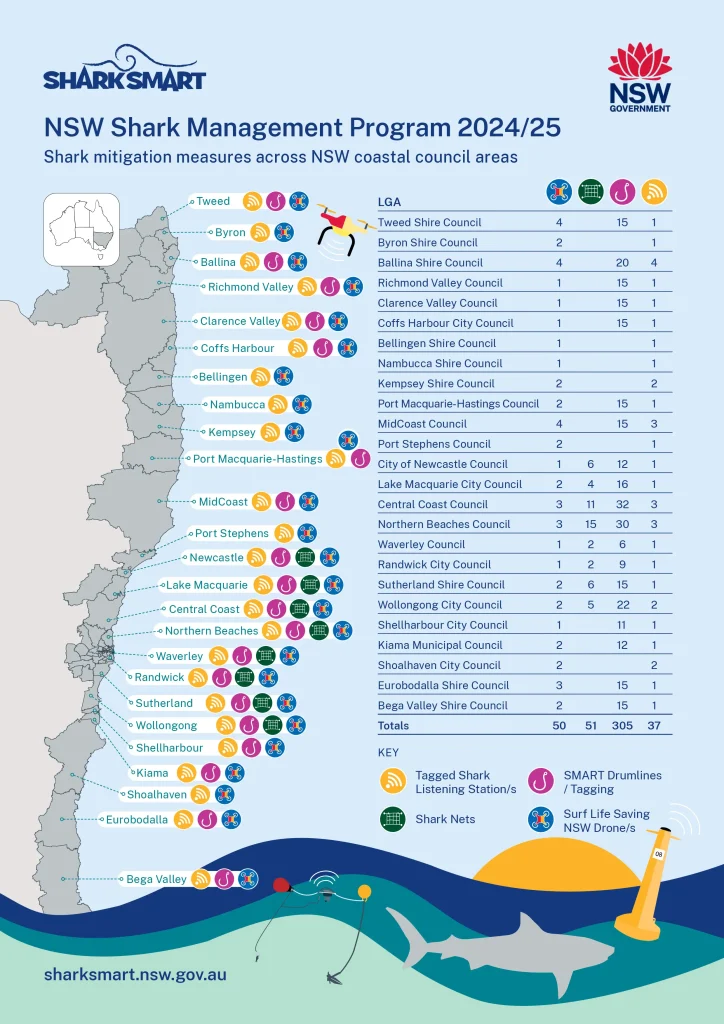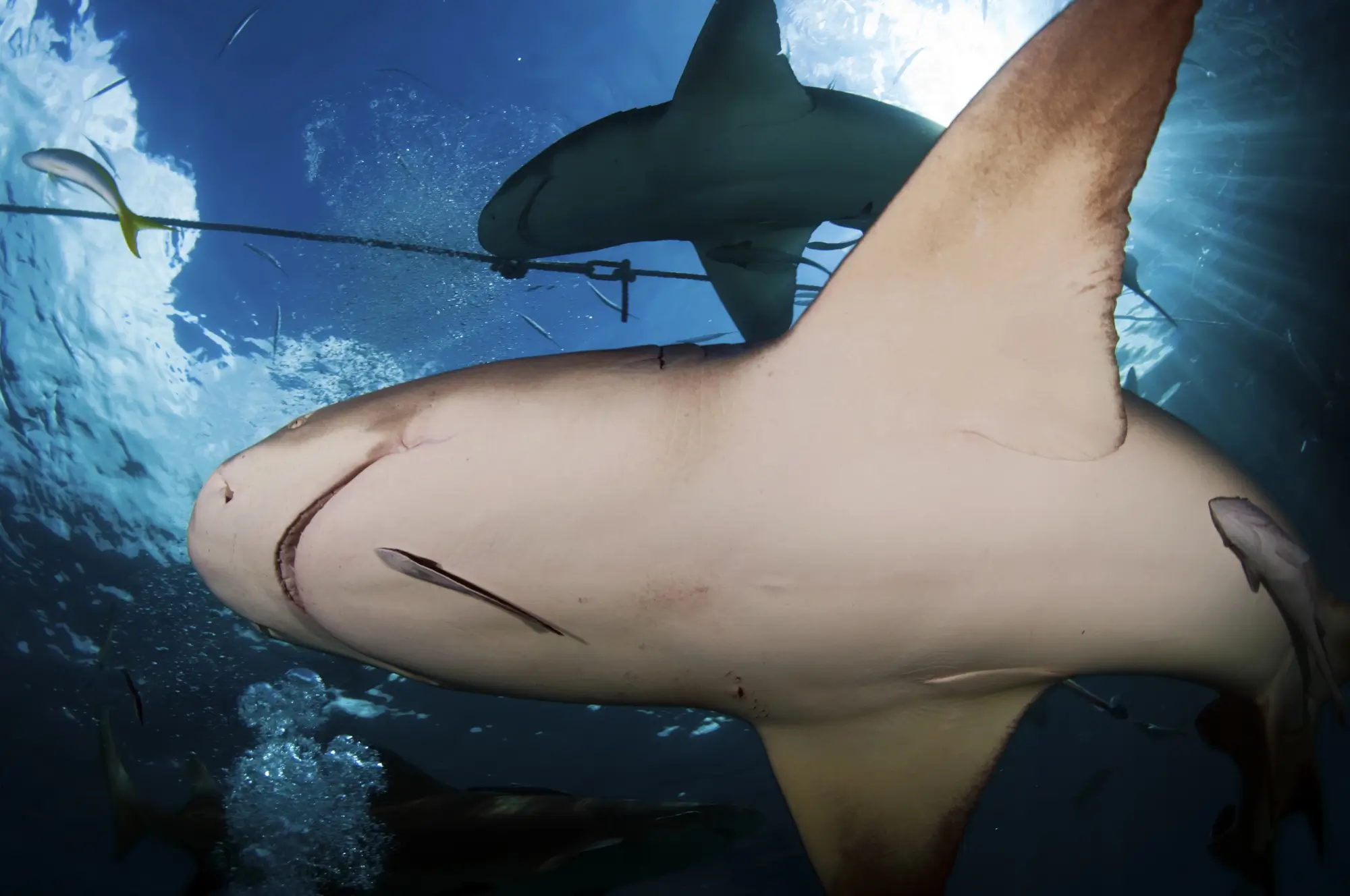Shark Nets: Are They Truly Protecting Beachgoers?
Is it time to rethink shark nets? Learn how non-lethal tech can ensure beach safety and protect the delicate balance of ocean ecosystems.

Shark Nets: An Outdated Approach to Beach Safety
Introduction: The Shark Net Debate
Shark nets have long been seen as a safeguard for swimmers, a supposed solution to prevent shark attacks. First installed in the 1930s in Australia, these nets aim to protect beachgoers. However, they come with significant drawbacks: they are not only ineffective but also wreak havoc on marine ecosystems. Recent controversies in Australia have sparked a renewed discussion about their value, pushing for a more thoughtful approach to shark management.
How Shark Nets Work (and Don’t Work)
Despite their name, shark nets don’t create an impenetrable barrier between sharks and swimmers. Instead, these large mesh nets are placed a short distance offshore, trapping sharks to reduce their numbers near popular beaches.
But here’s the catch—literally. Shark nets trap indiscriminately, ensnaring marine creatures both large and small. Studies reveal a startling fact: many sharks caught in these nets are actually swimming back out to sea, meaning the nets didn’t prevent their approach in the first place. This underscores their limited effectiveness, leaving swimmers with a false sense of security.
Collateral Damage: The Impact on Marine Life
While shark nets are designed to target specific species, such as great whites and tiger sharks, their impact on non-target animals is devastating. Dolphins, sea turtles, rays, and even endangered species frequently become entangled. These unintentional casualties, known as bycatch, are an undeniable dark side of shark nets.
Take Queensland, for example. Over a five-year span, more than 5,000 non-target animals were caught in shark nets and drumlines. This not only harms individual species but also disrupts entire ecosystems. Sharks play a critical role as apex predators, helping to regulate marine life populations. Removing them can lead to imbalances that ripple through the food chain, impacting coral reefs and seagrass habitats.
Alternatives to Shark Nets
Thankfully, modern technology offers better, more humane ways to protect swimmers while preserving marine ecosystems:
- Shark Spotters: Human observers equipped with binoculars and drones monitor beaches for shark activity. This approach, widely used in South Africa, is both effective and eco-friendly.
- Drone Surveillance: Drones with advanced cameras and AI capabilities provide real-time alerts, ensuring beachgoers stay informed.
- Personal Deterrent Devices: Gadgets like Shark Shield emit electrical signals to deter sharks, giving surfers and divers added peace of mind.
- SMART Drumlines: These innovative drumlines catch sharks alive and allow for their safe relocation. Trials in Australia have shown promising results.
- Eco-Barriers: Unlike shark nets, these physical barriers create safe swimming zones without ensnaring marine life. They’re a step toward truly sustainable solutions.
Human Safety vs. Conservation: Striking the Right Balance
The shark net debate often pits human safety against marine conservation, but the two aren’t mutually exclusive. With smarter solutions, we can protect beachgoers without devastating marine ecosystems. Education plays a big role, too. Simple measures, like avoiding swimming at dawn or dusk, can greatly reduce the likelihood of shark encounters.
Australia as a Case Study
Australia’s reliance on shark nets, particularly in New South Wales and Queensland, has faced increasing criticism. Advocacy groups such as Save Our Sharks and the Australian Marine Conservation Society have highlighted the inefficiency and environmental damage caused by these programs.
Some states are beginning to embrace change. Trials with drone surveillance and SMART drumlines show that effective, non-lethal alternatives are within reach. However, the transition away from outdated methods like shark nets requires bold policy shifts and public support.

Call to Action: A Future Without Shark Nets
The time has come to leave shark nets in the past. Communities worldwide must champion modern, humane alternatives that protect both humans and marine life. Here’s how you can help:
- Support initiatives calling for the removal of shark nets.
- Donate to organizations advocating for shark conservation
- Spread the word by sharing educational resources and engaging in conversations about shark safety.
Resources like SharkSmart and Ocean Conservancy provide valuable tools and information to promote coexistence with sharks and the preservation of our oceans.
Time to Rethink Shark Safety
Shark nets have outlived their purpose. Their inefficiency, coupled with their devastating impact on marine ecosystems, makes them an untenable solution for modern beach safety. By embracing innovative technologies and fostering a culture of coexistence, we can create safer beaches and healthier oceans. It’s time to prioritize solutions that work for everyone—humans and marine life alike.
FAQ: Frequently Asked Questions About Shark Nets
Shark nets are only partially effective. They aim to reduce shark numbers near beaches but don’t create a complete barrier. Many sharks are caught after already passing through the nets, proving their limited success in preventing encounters.
Yes, eco-barriers are a newer, more effective option. Unlike traditional shark nets, eco-barriers act as a physical barrier that prevents sharks from entering swimming areas without harming marine life.
Shark nets are designed to trap and kill sharks, while shark barriers are physical structures that block sharks from entering designated areas. Shark barriers are non-lethal and far more eco-friendly.
Shark nets typically extend about 6 meters (20 feet) deep and are placed parallel to the shore. However, they don’t cover the entire water column, leaving gaps that marine life can swim through or under.
